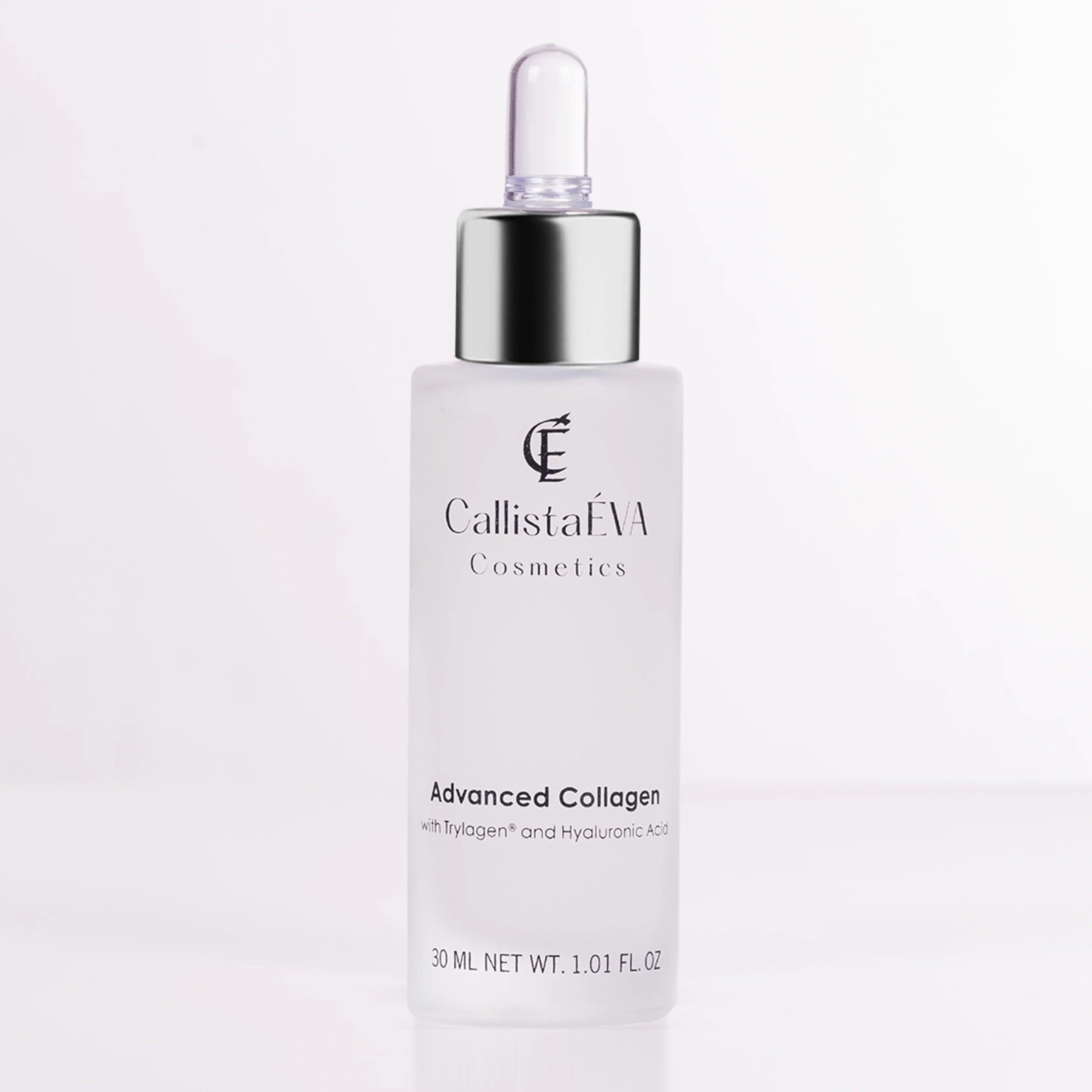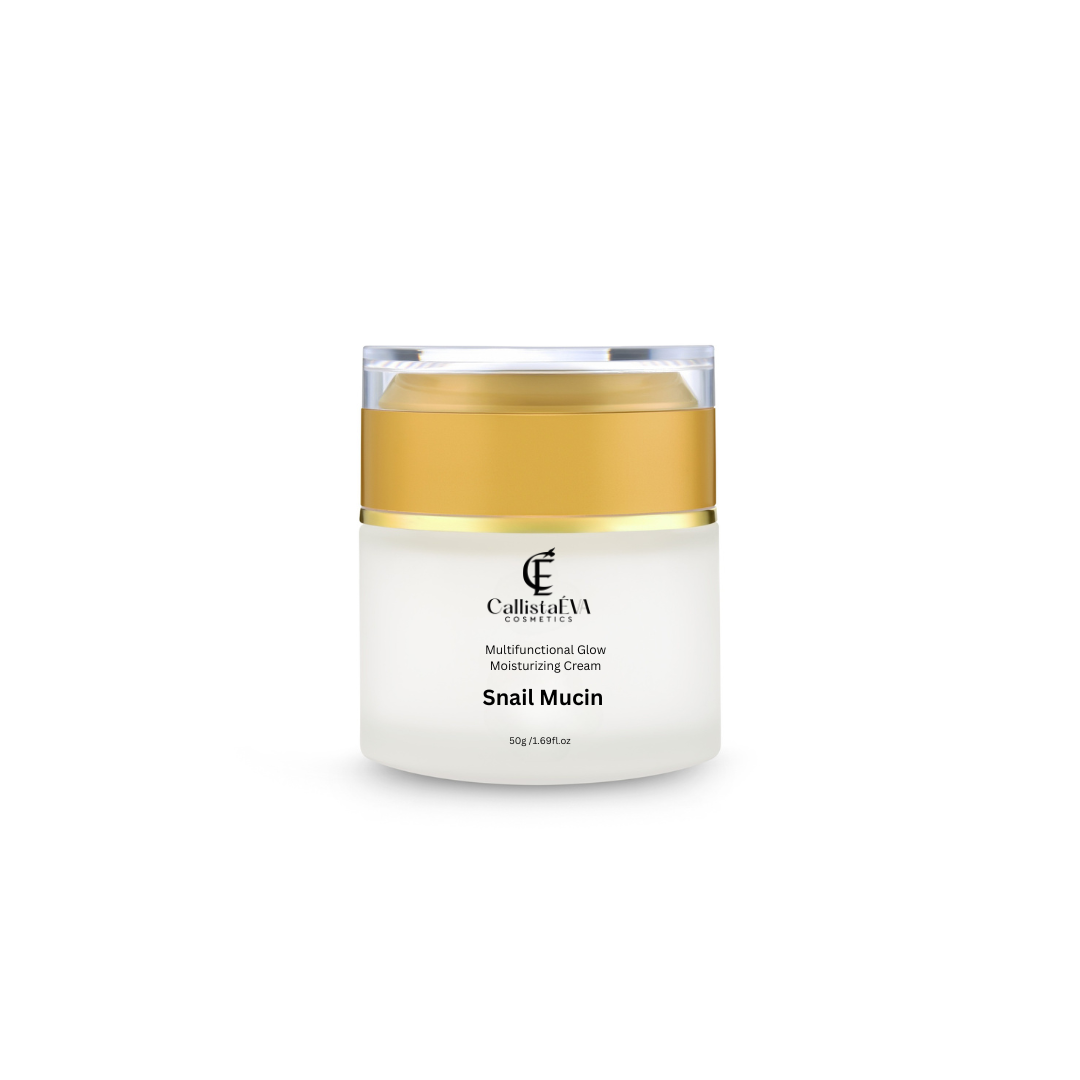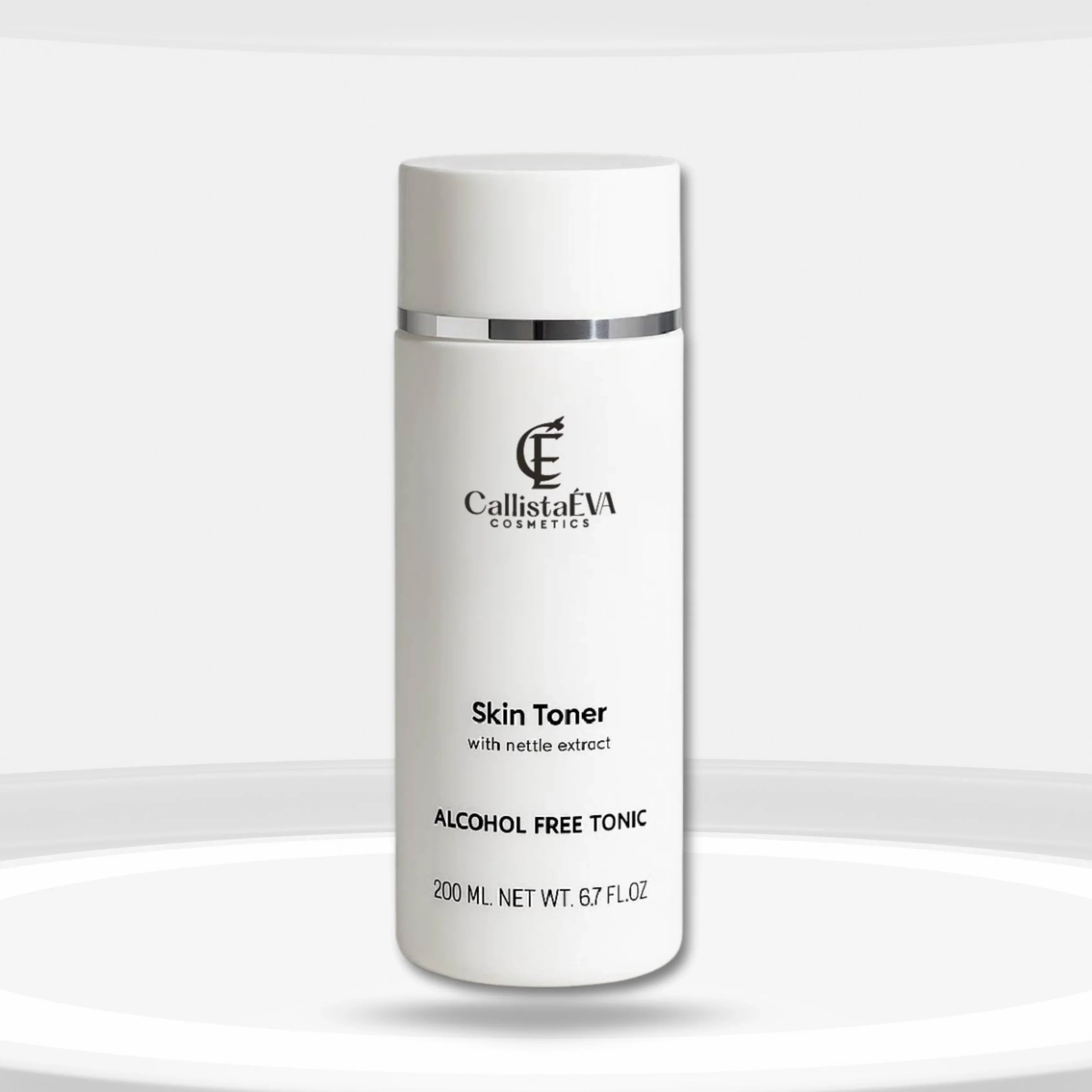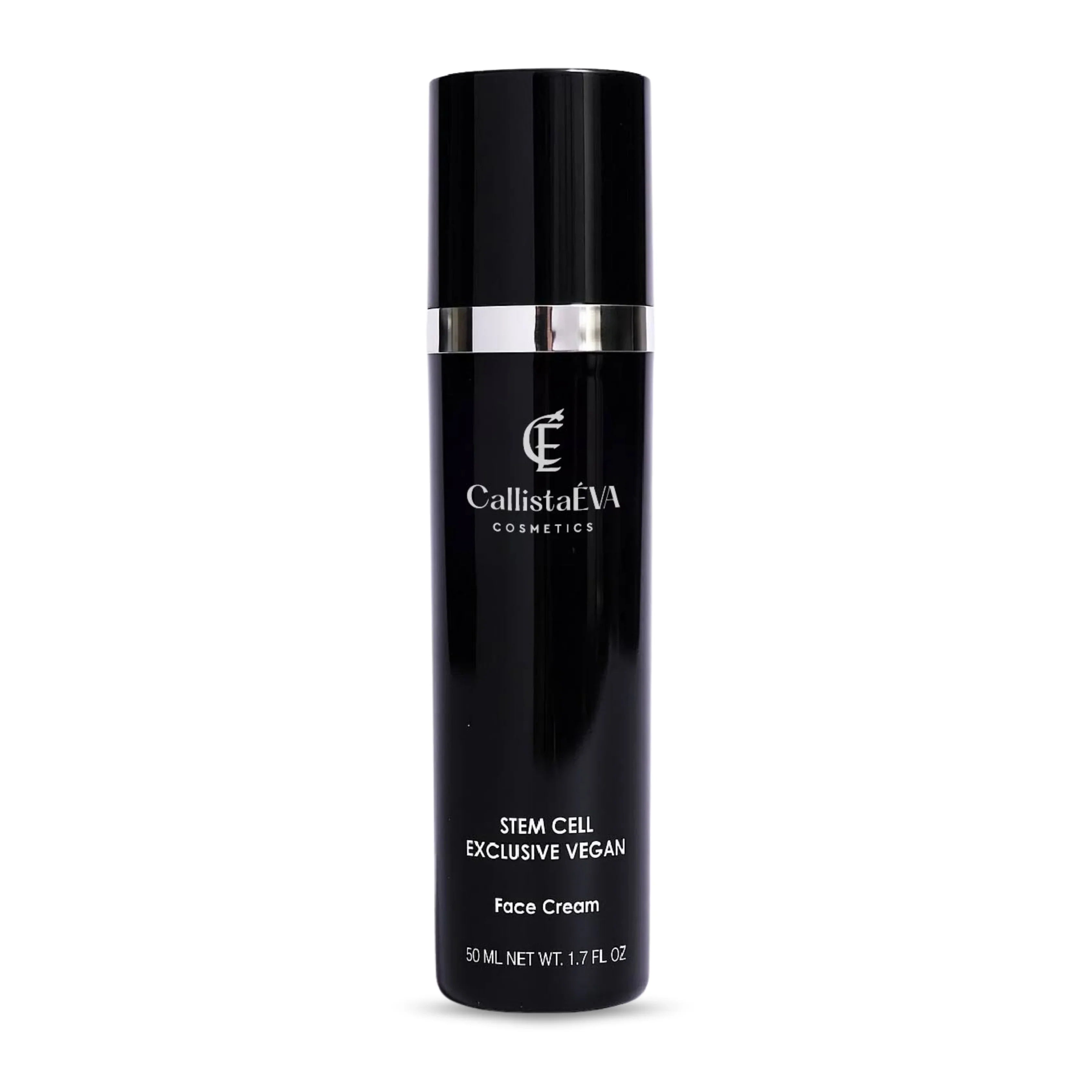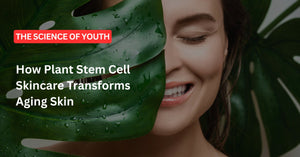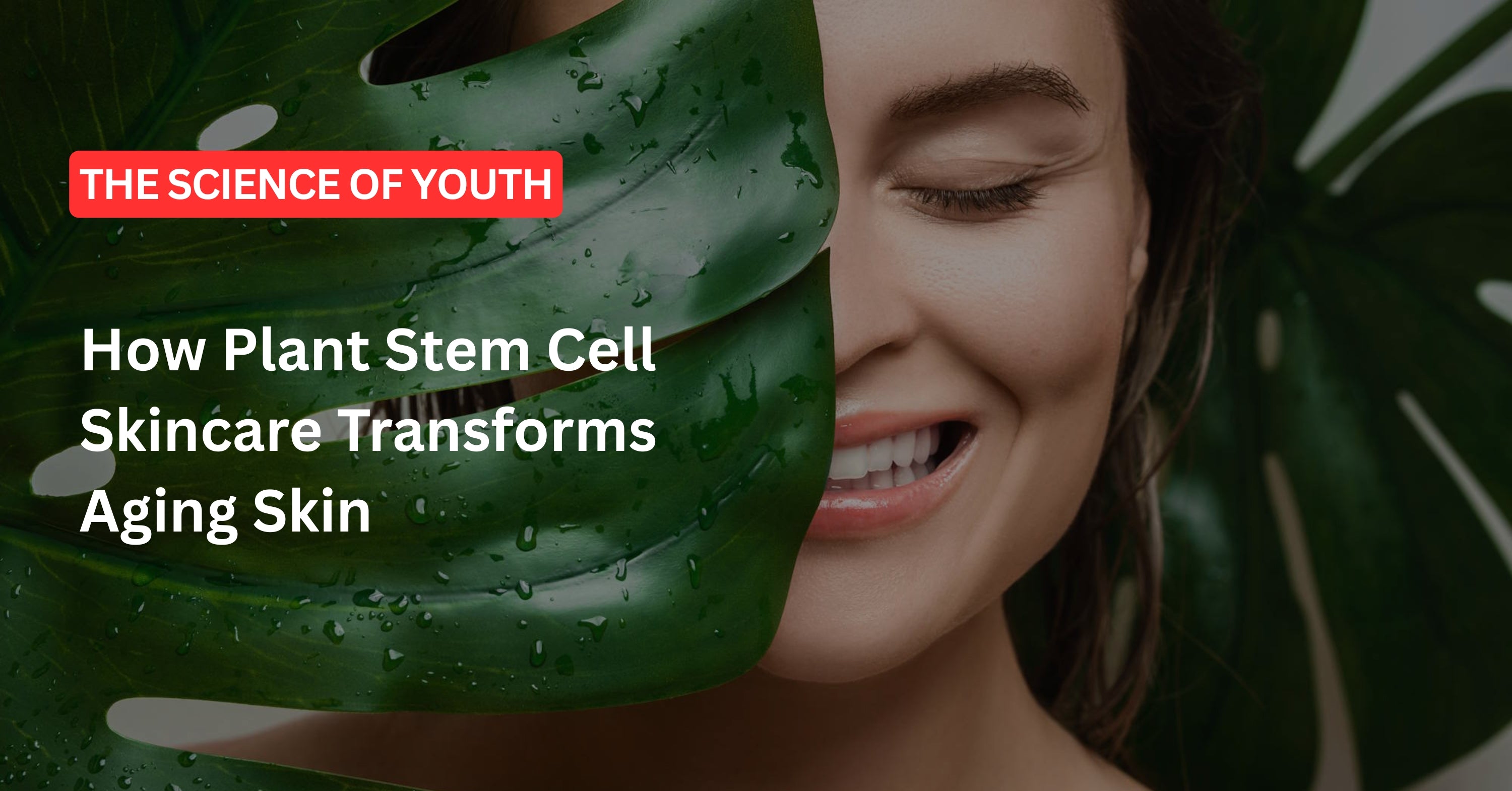According to the International Journal of Cosmetic Science, a healthy barrier prevents transepidermal water loss (TEWL), supports elasticity, and plays a key role in maintaining radiant, resilient skin.
When the skin barrier is healthy, your skin feels smooth, calm, and hydrated. If that barrier breaks down, you may notice:
● Dry patches that appear out of nowhere
● Increased sensitivity or redness
● A tight, itchy feeling, even after moisturizing
● Breakouts or inflammation in new areas
The Role of Exfoliation and When It Goes Too Far
What does exfoliating skin mean? Simply put, it means removing the dead cells from the surface to reveal fresh, glowing skin. This can be done using scrubs (physical exfoliation) or acids (chemical exfoliation).
Exfoliation, when done right, helps remove dead skin cells, improves texture, and supports a youthful glow. Whether you're using chemical exfoliants (like AHAs or BHAs) or a gentle scrub, you’re essentially encouraging your skin to renew itself faster.
But exfoliation doesn’t just stop at dead cells. Overdoing it can start to strip away your skin’s protective layer.
There’s a study in the International Journal of Medical and Pharmaceutical Research that points out something important: exfoliation helps your skin shed dead cells and bring out the new layer underneath, but if you overdo it, it starts working against you. It can mess with your skin’s natural barrier, take away the oils your skin actually needs, and cause irritation or breakouts. So instead of a glow, you end up with skin that feels raw and sensitive.
Many of us unknowingly exfoliate more often than necessary, especially when layering actives like acids, retinol, and vitamin C in a single routine. And while the glow might feel instant, the irritation builds quietly over time.
Signs You’re Over-Exfoliating
Your skin sends signals. If you’re noticing any of the following changes, it could be time to reassess your routine.
● Stinging or burning with products you used to love (over exfoliated skin burn)
● Red, blotchy patches, especially around cheeks or nose
● Dullness or breakouts despite “doing everything right”
● Makeup not sitting well due to uneven texture
● Tiny red bumps or rashes that mimic acne (over exfoliated skin bumps)
It’s cited in a MedReport article that
“A study in the Journal of Cosmetic Dermatology observed that participants who overused exfoliants showed higher levels of redness, sensitivity, and increased TEWL, especially when combining acids with retinoids.
These are all common signs of over-exfoliated skin. They’re your skin's way of saying: Slow down. I need time to heal.
How to Gently Repair Your Skin Barrier
You don’t have to stop chasing healthy skin, just hit pause and let your skin catch up.
1. Pause Your Actives
First off, put the strong stuff on hold. Acids, retinoids, and high-strength vitamin C give them all a break for a few days. Your skin needs a chance to repair itself without being pushed.
Even dermatology expert Dr. Tomassian, via Cosmopolitan, says to stop using stuff like retinol, AHAs, BHAs, and even vitamin C for about two to three weeks. Give your skin time to heal. He also mentions waiting at least a full week after the irritation and flakes are gone before bringing any of those back in.
2. Hydrate Generously
Next, water. Your skin needs it, even the oily kind. When your face feels greasy, it might actually be thirsty. Go for a light, hydrating moisturizer that puts back what your skin’s been missing: water and healthy fats.
Our solid pick is Multifunctional Glow Snail Mucin Moisturizer Cream. It has snail mucin for repair, hyaluronic acid and betaine for deep hydration, and ceramides to help rebuild the barrier. It doesn’t have any harsh actives, so it's safe to use while your skin is recovering.
3. Don’t Skip SPF
And sunscreen? Non-negotiable. When your barrier is already struggling, sun exposure can make things worse. Stick with a mineral SPF that won’t add to the irritation.
4. Simplify Your Routine
Keep your routine simple, as Dr. Emma Craythorne suggests: just keep your routine to the essentials: cleanser, moisturizer, and SPF. Drop anything active, especially retinoids and acids. For cleansing, she suggests going for something calming and fragrance-free, like a cleansing milk or cream.
When your skin feels better, first go for a balancing toner that can be incredibly supportive, especially one that hydrates, calms, and subtly supports natural exfoliation without stripping the skin.
A Gentle Reset with CallistaÉVA Skin Toner with Nettle Extract
Once your skin barrier feels calm, no more stinging, dryness, or irritation, you can slowly reintroduce gentle exfoliation.
Our CallistaÉVA’s Skin Toner with Nettle Extract is a good option to start with. Formulated without alcohol and powered by Urtica Dioica (Nettle) Leaf Extract, it delivers:
● Antioxidant protection
● Soothing, anti-inflammatory effects
● A refined, refreshed glow, without harshness
Plus, the infusion of lactic acid and natural tartaric acid (from grapes) offers gentle exfoliation that supports smoother texture and a more refined look over time. It helps balance your pH and prepares your skin for better absorption of moisturizers and serums.
Start slow, use it once or twice a week, and see how your skin responds. If anything feels off, pause and return to barrier care. Let your skin lead.
How Often Should You Exfoliate?
According to the American Academy of Dermatology Association, how often you should exfoliate depends on your skin and the method you use for exfoliation. Not just these two, but Dr. Anna Chacon points out a few things that matter too, like your age, hydration levels, or even the weather. Most dermatologists recommend these guidelines:
● Once or twice a week if your skin is normal or dry
● Two or three times if it's oily or breakout-prone
It’s better to stick with gentle options like lactic acid or mandelic acid instead of using rough scrubs that can make your skin scratch instead of making it smooth.
And if you're often out in pollution, wear full makeup, or experience hormonal changes, listen to your skin; it may call for an entirely different schedule, so pay attention to how it feels.
Discover Barrier-Friendly Skincare Products, Backed by Nature & Science
Now that you know what over-exfoliation can do, maybe it’s time to take a step back and look at what your skin actually needs. Not what’s trending, just what works.
CallistaÉVA has a range of products that are backed by science, tested by dermatologists, and made for people who care about what goes on their skin. No noise, just clean, well-made formulas that respect your skin.
Feel free to explore. You might find exactly what your routine’s been missing.

